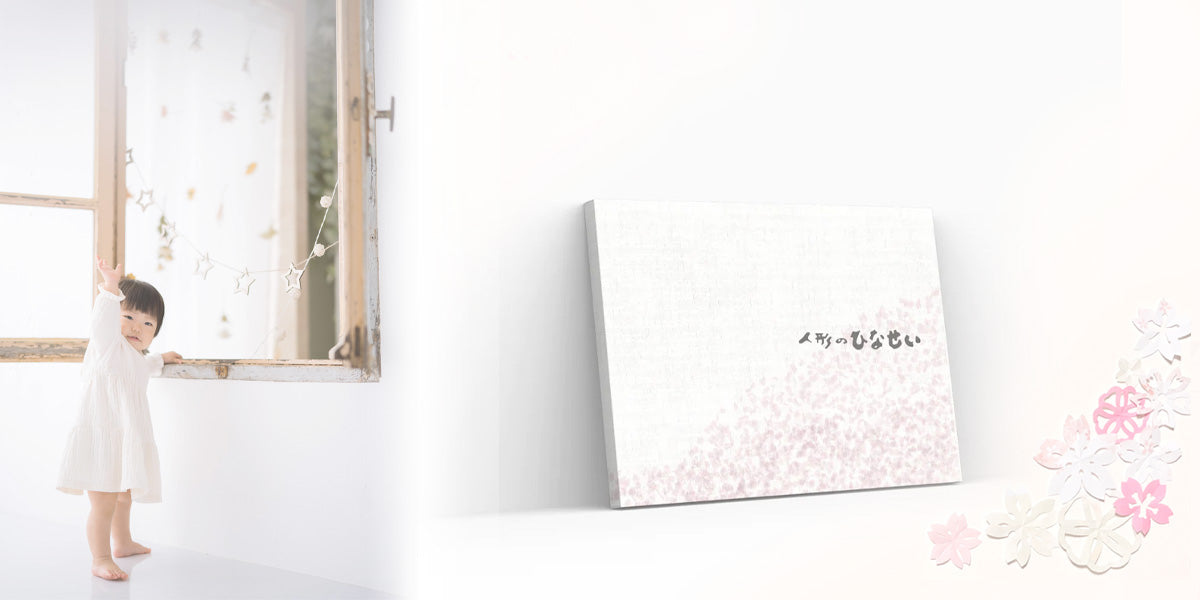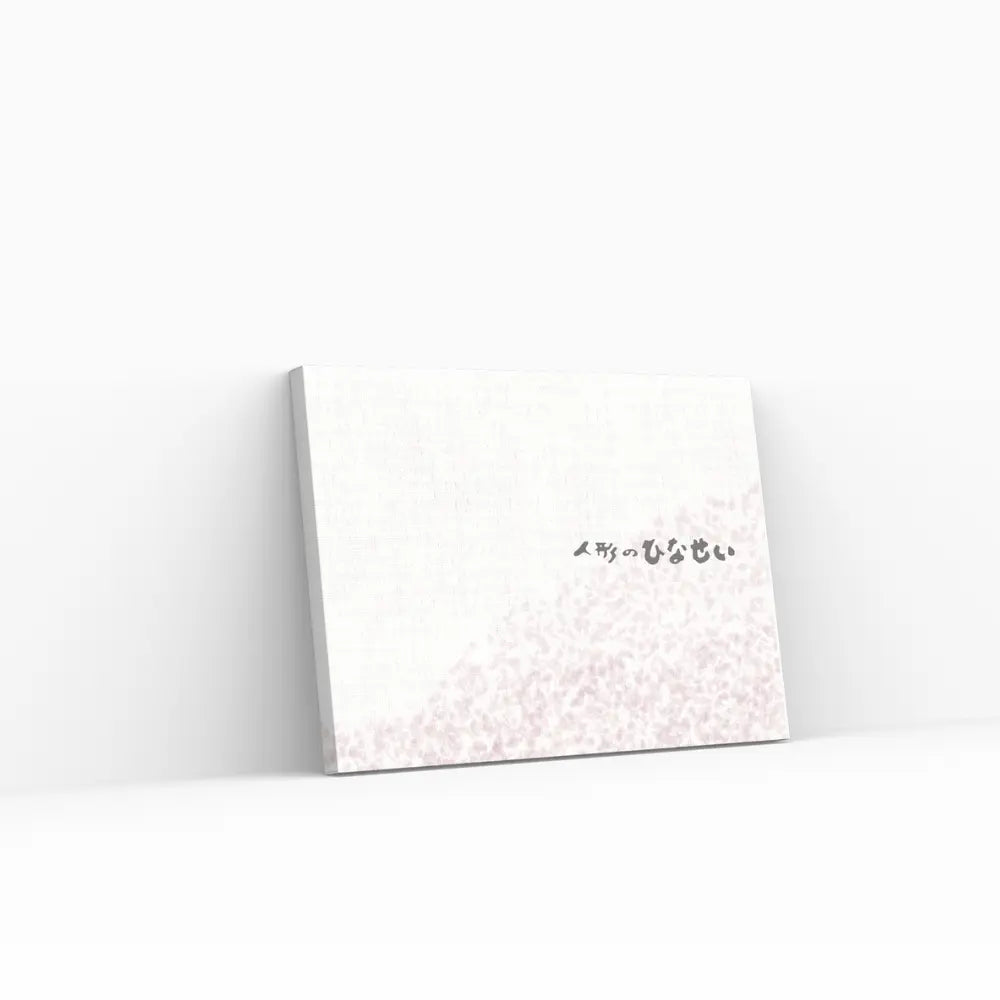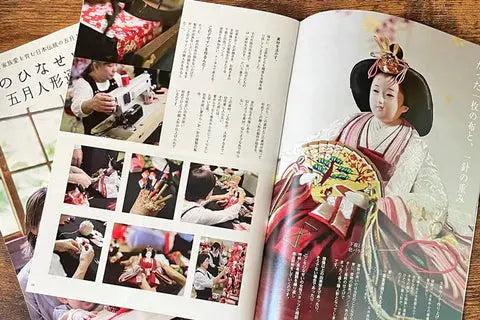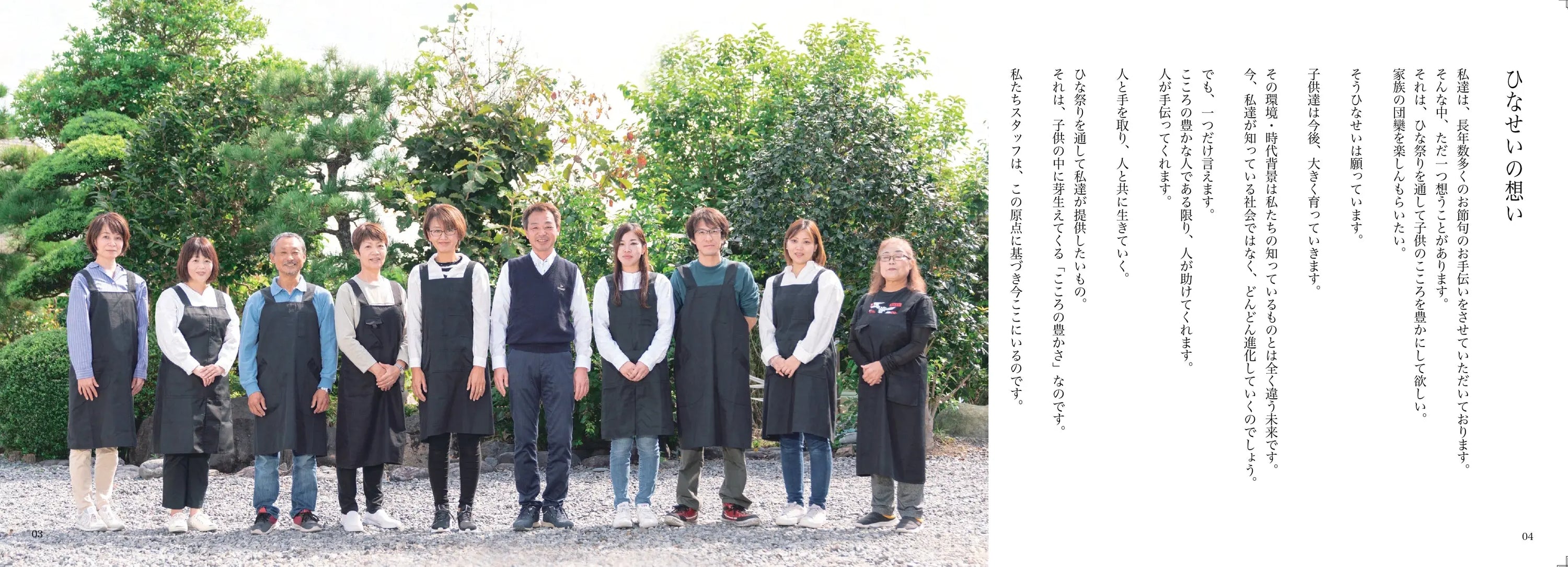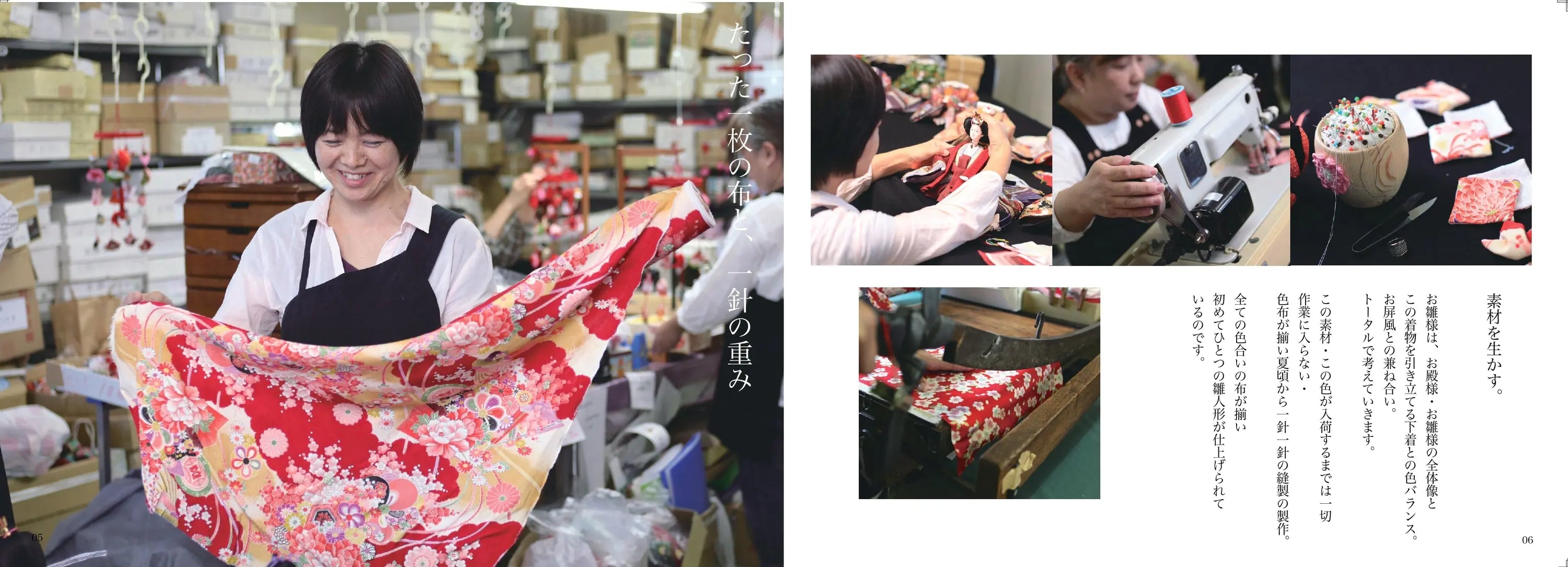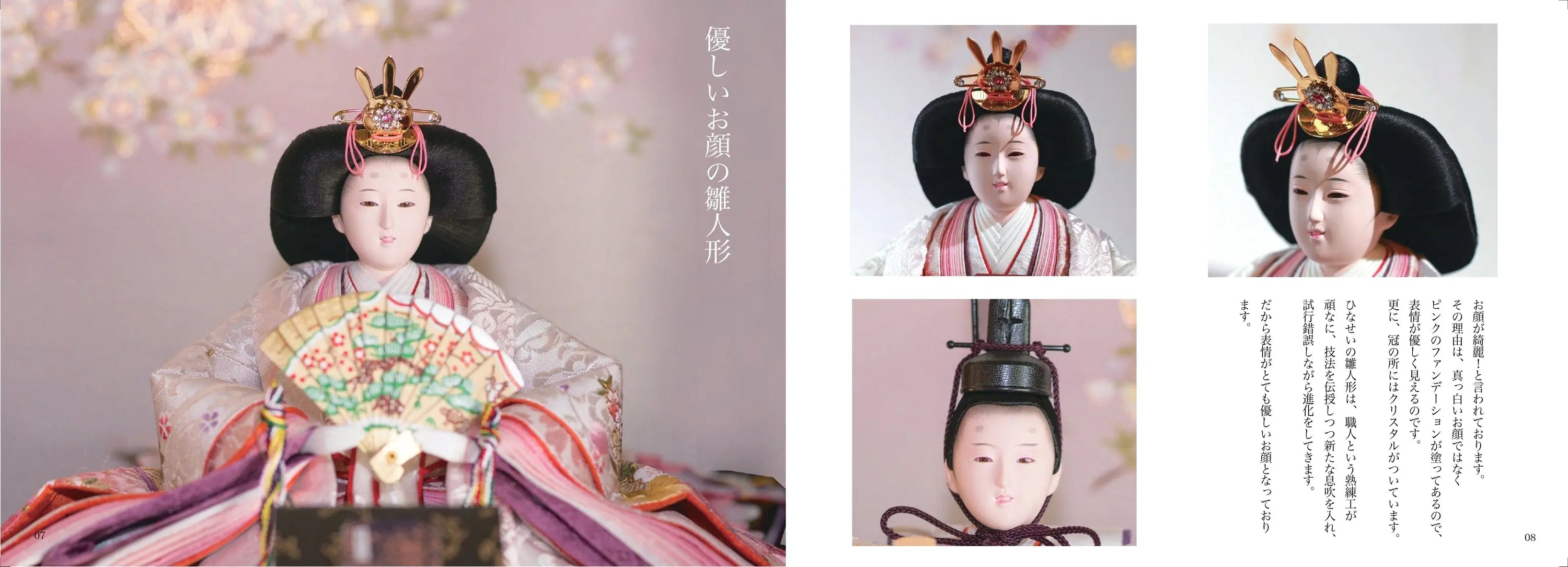Autumnal Equinox Day 2025 in Japan: What are the reasons for Ohigan and Ohagi? What to do?
One of Japan's traditional events is the national holiday called Autumnal Equinox Day.

Regarding the Autumnal Equinox, which we take for granted,
We will explain in detail the meaning, origin, differences from Vernal Equinox Day, cultural customs, and more.
Basically, this day is an event to express gratitude to Buddha.
If you find this helpful, I would appreciate it if you would "share" it.
For more information, please see " If you want to know more about Japanese events, click here ."
---- table of contents ----
Click below to jump
4. What is Ohigan?
~Learn about the deep connection to Autumnal Equinox Day and Japanese traditions~
5. Why do we eat ohagi on the autumnal equinox?
~Explanation along with how to make it~
11. Autumnal Equinox Day Customs and How to Spend It ~ [Japanese Culture to Enjoy with Family] ~

What is Autumnal Equinox Day? A thorough explanation of its meaning and origins [Traditional Japanese Events]
-The day when the length of day and night are almost equal, a day to give thanks to nature and offer prayers for ancestors-
Autumnal Equinox Day is a Japanese national holiday that falls around September 23rd every year.
It is known as the day when the length of day and night is approximately equal.
Since ancient times, this day has been considered a special day to give thanks to nature and to offer prayers for ancestors.
The background to the establishment of Autumnal Equinox Day as a national holiday is the "Obon" festival for ancestor memorial services,
It is related to an event to give thanks for the agricultural harvest.
The origin of the Autumnal Equinox Day is based on the Japanese agricultural culture that has continued since ancient times,
This shows that the calendar system based on the movement of the sun is deeply involved.
With this background, Autumnal Equinox Day is not just a national holiday,
It has an important meaning as a traditional Japanese event.

What is the difference between Autumnal Equinox Day and Vernal Equinox Day? Learn about their roles as national holidays
- Autumnal Equinox Day and Vernal Equinox Day. Each has a different meaning and role -
Both the Autumnal Equinox and the Vernal Equinox are days when the length of day and night are roughly equal, but they have different meanings and roles.
The Vernal Equinox symbolizes new beginnings and celebrates the rebirth of agriculture and nature.
On the other hand, Autumnal Equinox Day marks the beginning of the harvest season, a day to give thanks to nature, and to offer prayers for ancestors.
These holidays are closely related to the four seasons in Japan.
It serves as a traditional Japanese event based on the rhythm of nature.
The Autumnal Equinox is also called the "middle day of the equinox," and since this period is considered a time to especially honor ancestors, it is given a different significance than the Vernal Equinox.
As such, while both the Vernal Equinox and the Autumnal Equinox are important holidays, they have different roles.

Detailed explanation of Autumnal Equinox Day events, customs, and cultural practices [A day to give thanks to nature]
-Various events and customs to express gratitude to nature and hold memorial services for ancestors-
Autumnal Equinox Day is a day to give thanks to nature and to offer prayers for our ancestors.
Various events and customs are held all over Japan.
On this day, the "Higan" holiday, many families visit their graves.
Families gather together to spend time honoring their ancestors.
Also, on the autumnal equinox, traditional foods such as "ohagi" are made,
There is also a custom of offering this at Buddhist altars or graves.
Furthermore, in some regions harvest festivals and shrine festivals are held,
An event is held to give thanks for the autumn harvest.
These events and customs have been passed down as traditional Japanese cultural practices since ancient times.
Many people still participate in this today.
The Autumnal Equinox is a day that reaffirms the deep connection between nature and people's lives, and plays an important role in our culture.
What is Ohigan? Learn about its deep connection to the Autumnal Equinox and Japanese traditions
- "Ohigan" is a period for offering prayers for ancestors, held mainly around the autumnal equinox.
The relationship between Ohigan and Autumnal Equinox Day
"Ohigan" is a festival that takes place mainly on the autumnal and vernal equinoxes.
It is a special period for memorial services for ancestors.
The equinox period lasts for a total of seven days, including the vernal and autumnal equinoxes, and three days before and after.
During this time, people hold events such as visiting graves, cleaning Buddhist altars, and making offerings.
The autumnal equinox is considered particularly important as the "middle day of the equinox" when the days and nights are almost equal.
Many people visit the graves of their ancestors on this day to express their gratitude to them.
The word "Ohigan" comes from the Buddhist term "Higan."
It signifies the state of enlightenment that transcends worldly desires.
In this way, the Autumnal Equinox and the Higan period are deeply connected among Japan's traditional events and customs.
Why do we eat Ohagi on the Autumnal Equinox? Here's how to make it
-Why do we eat "Ohagi" on the autumnal equinox? Easy Ohagi-
The custom of eating "ohagi" on the autumnal equinox is one of Japan's traditional customs.
Ohagi is a Japanese sweet made from mashed glutinous rice wrapped in sweet bean paste.
It is made in many homes during the equinox season, which includes the autumnal equinox.
The reason behind this custom is that the red color of azuki beans has been believed to ward off evil spirits.
Ohagi has been used as an offering when holding memorial services for ancestors.
Furthermore, since glutinous rice was a symbol of a good harvest, it also conveys gratitude for the autumn harvest.
The method of making ohagi is simple: cook and mash glutinous rice,
It's just a matter of wrapping it in red bean paste, but making it by hand is an opportunity to spend quality time with family.
By eating Ohagi on the autumnal equinox, we reaffirm our gratitude to nature and our ancestors,
This allows us to pass on Japan's traditional culture to the next generation.

How to visit a grave with your family on the autumnal equinox and what to bring [Japanese event]
-How to prepare and visit the grave. We will also introduce a list of necessary items to bring.-
Autumnal Equinox Day is a particularly important day during the Ohigan period, when many Japanese people visit their ancestors' graves. On this day, families visit their ancestors' graves, clean them, and offer prayers, deepening family bonds. When visiting a grave, it's important to prepare cleaning supplies, offerings, incense, candles, and other items. Tombstones are purified with water, weeds are removed, and offerings and rice cakes are placed there to express gratitude to ancestors. It's also useful to include flowers, Buddhist altar implements, matches, and a lighter in your grave-visiting list. Visiting a grave with family on the autumnal equinox is not just a custom; it's an important event that fosters respect for ancestors. Through this day, families can reaffirm their family ties and preserve Japanese traditions that should be passed down to future generations.
What is the meaning of visiting a shrine on the autumnal equinox? Check out the events and celebrations!
-The reasons and meanings for visiting shrines. Also introduces shrine ceremonies and events held around the country.-
Autumnal Equinox Day is a day of gratitude to nature and respect for ancestors, and shrine visits are held throughout Japan. Visiting shrines on this day is a way to express gratitude for the blessings of nature and the guidance of ancestors. Many shrines hold special festivals and events to celebrate Autumnal Equinox Day, with the participation of local residents. For example, some shrines hold harvest festivals and traditional offering ceremonies, which also serve as a place to give thanks to the gods for a bountiful autumn harvest. Visiting a shrine on Autumnal Equinox Day also reaffirms the importance of living in harmony with the rhythms of nature. Participating in these events and ceremonies can help you learn about local traditional culture and deepen ties with your family and community. Visiting a shrine and offering prayers on Autumnal Equinox Day is also an important opportunity to pass on Japanese culture to future generations.

Enjoy the autumn leaves and seasonal autumn scenery on the autumnal equinox [A day spent with nature]
-The perfect time to enjoy the autumn leaves. A day to commune with nature as part of the autumn scenery-
The Autumnal Equinox marks the beginning of the easing of summer heat and the arrival of autumn. Taking advantage of this day to go leaf-peeping with family and friends is a great idea. Around the time of the autumnal equinox, mountains and parks are painted red and yellow, creating a beautiful landscape. In addition to enjoying the autumn leaves, spending time relaxing in nature can refresh both body and mind. Combining leaf-peeping with a picnic or hike allows you to fully enjoy the autumn scenery. In addition to the leaves, there are many other autumnal attractions to enjoy at this time of year. For example, enjoying a meal featuring autumn flavors or participating in a traditional autumn festival makes the Autumnal Equinox a perfect day to spend with family and friends. Spending time in nature on the Autumnal Equinox is a wonderful opportunity to escape the hustle and bustle of everyday life and enjoy some relaxing time.
A collection of recommended dishes and recipes for the Autumnal Equinox [Let's make Ohagi and traditional dishes]
-Food to enjoy on the autumnal equinox. Make traditional dishes and enjoy them with your family-
On Autumnal Equinox Day, it's common to enjoy traditional dishes with your family. Ohagi, in particular, is known as a Japanese confectionery essential for the autumnal equinox. Ohagi is made simply by cooking and mashing glutinous rice and wrapping it in sweet bean paste. Making it yourself as a family is a wonderful way to spend warm, intimate time. Another great way to enjoy autumnal equinox day is to enjoy dishes made with seasonal ingredients. For example, dishes using autumnal flavors like chestnuts, sweet potatoes, and mushrooms are popular for their seasonal feel. It's also recommended to gather around a traditional Japanese meal, such as miso soup or a simmered dish. These dishes are perfect for Autumnal Equinox Day, when we express gratitude for the blessings of nature and pray for the health of our families. Cooking is also an opportunity to pass on Japanese traditions and culture to the next generation, so be sure to enjoy them with your family.

Autumnal Equinox Festivals and Events [Introducing Events from Around Japan]
-Enjoy traditional events from all over Japan-
Around Autumnal Equinox Day, various local festivals and events are held across Japan. Many of these events express gratitude for the autumn harvest and celebrate coexistence with nature, strongly reflecting the traditions and culture of each region. For example, harvest festivals held at local shrines include ceremonies to pray for bountiful harvests and feature stalls selling local specialties, attracting many tourists. Cultural festivals are also held across the country, featuring traditional dance and music, allowing local residents to come together and enjoy themselves. Furthermore, local events held around Autumnal Equinox Day often offer family workshops and a wide range of activities for children. By participating in these local festivals and events, you can learn about the history and culture of the region and feel the arrival of autumn. Enjoy the various events held across Japan and make the most of Autumnal Equinox Day.

Autumnal Equinox Day Customs and How to Spend It [Japanese Culture to Enjoy with Family]
- Introducing the customs and ways to spend the Autumnal Equinox - Enjoy Japanese culture with your family -
Autumnal Equinox Day is a long-standing Japanese holiday, a day to express gratitude to nature and honor our ancestors. On this day, families often visit graves, pray at shrines, or spend time in nature. Visiting graves deepens family bonds by cleaning the graves and leaving offerings. Autumnal Equinox Day also marks the beginning of autumn leaves, making it a recommended time for family hikes and picnics. Additionally, it's customary for families to make ohagi (rice dumplings), offer them at the Buddhist altar, and eat them together. Cooking dishes incorporating autumn flavors is also a unique pleasure of Autumnal Equinox Day. Spending Autumnal Equinox Day experiencing these Japanese cultural experiences with your family can help pass on gratitude to nature and your ancestors to the next generation. Autumnal Equinox Day is an opportunity to create precious time with your family.
Summary [Autumnal Equinox Day Events in Japan] Passing on the tradition of gratitude to nature to the next generation
-Introducing the key points to know in order to appreciate nature and pass it on to the next generation-
Autumnal Equinox Day is a day to express gratitude to Buddha, also known as the Autumnal Higan.
It is an event beloved by Japanese people, where people pay respects to their ancestors, visit graves and shrines, etc.
On this autumnal equinox, the hours of sunlight during the day are shorter on the calendar.
It is also a turning point in the day when the night time will increase.
In contrast to the Vernal Equinox in spring, in the Northern Hemisphere it is also a day to give thanks for bountiful harvests.
This is the autumnal equinox in Japan.
This is an important day for Japanese people to enjoy the autumn leaves and flavors, and spend precious time with their families, with these customs and activities taking place every year.




